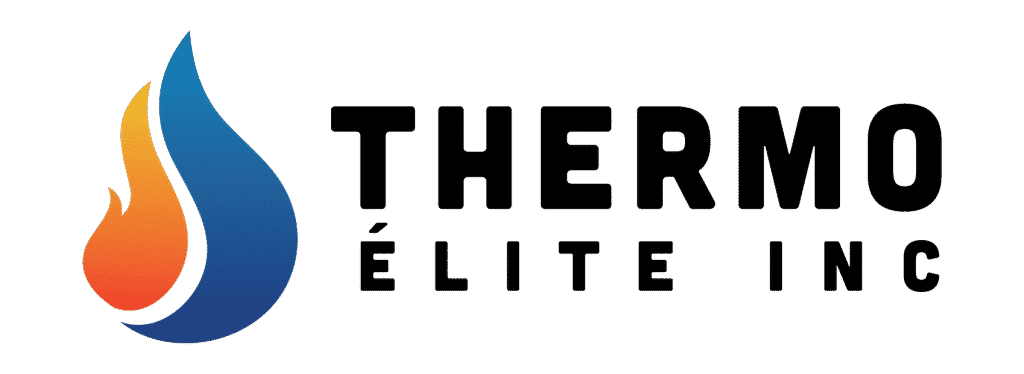The readings during a thermal inspection are affected by the temperature difference inside and outside the house. As long as the air inside is regulated, thermography can identify problems more effectively and efficiently when it’s either biting-cold or scorching hot outside.
The Department of Energy tells us that heat loss helps you locate trouble spots with thermal imaging. Zones with heat gains are revealed as well. When your house loses or gains excessive heat, it should caution you that there is a problem somewhere that can burn a hole in your pocket if left unattended. Therefore, infrared inspections add value to your home inspection offering much more than what other technologies bring you.
Heat Loss and Drafts Appear prominently in the winters
The Winter season result in unnecessary expenses if your home suffers air leaks and heat loss. There’s more load on the heating system when heat escapes through the roof, the walls, or the windows. Your utility bill goes through the roof! Using infrared cameras can reveal dramatic heat loss in the winter. The thermal imaging camera’s screen representation is much more apparent with more precise color demarcations during the winters. Inside the house, the camera can reveal spots the cold air is leaking through much more prominently.
Winter is a perfect time to carry out your home’s inspection using thermal imaging. Here are the reasons why-
- Roofs Show Spots Where Heat Loss is Occurring: Heat always travels up to areas with colder temperatures, as thermodynamics tells us. This is called the stack effect, which results from air leaks caused by ordinary ventilation at your home.
Attics need a lot of insulation because the heat in all average houses keeps rising. If you’ve installed the insulation correctly, you can restrict the heat in the lower living spaces from rising to the attic above. Heat escapes through the roof if the insulation is poor and through the air gaps and attic vents.
It’s easier for an infrared camera to capture heat escaping through the roof in the winter. With the temperatures inside being warmer, the temperature difference is much more noticeable.
- Walls Reveal Mold Secrets: Since you can spot cold spots that have water with a thermal device, it helps you know where mold can be found. Water won’t dry as quickly in winter as it will in summers. Mold thrives well when the water stays longer.
You can’t locate molds with thermal imaging, but it does enough to give you good hints. When you smell that distinct must odor and the camera shows a cold spot, you know that the concerned area needs to be tested by a moisture detector.
If you can access the space, you may find mold under the floor or behind walls. If you can’t, the customer might ask for a mold inspection.
- Ceilings Show Ice Dams: You can spot another problem occurring only in winters when you see the edges of a ceiling get damp- the problem of ice dams. The problem arises when there are defects in both the ventilation and insulation. To fix the issue, you need to address the root cause.
The underside of the accumulated snow can melt if heat transfers up to the roof due to the poor insulation and ventilation. When the temperature freezes in the night, an ice dam may be created along the roof’s edges.
If an ice dam is created, proper water runoff is prevented. Water ultimately passes into the house after running through the shingles and the roofing substrate. When you see dark spots along the ceiling’s edges, it indicates the presence of ice dams. Even if there is no ice dam, you can detect dampness with a thermal imaging camera when the inspection is being carried out.
Solar Heat Gain is More Obvious in Summer
Heat gain during summer can be as damaging to the house as heat loss in the winters. Cold air doesn’t transfer as quickly as hot air does. However, the air conditioning inside the house will have to work much harder if the summer heat somehow transfers through.
The heat in the summer helps a thermal imaging camera bring out this heat gain from the sun. It’s the windows that let in the maximum heat. But just as roofs can heat up, walls can too. The display on the camera gets more dramatic as the difference in temperature between the inside and the outside of the house gets starker.
Thermal Imaging Works in spring and fall as well
Yes, extreme weather in the summers and the winters are conducive for thermal imaging, but there’s no reason to believe that there’s a wrong season for thermal imaging. Irrespective of which time of the year you are doing the test, temperature differences are always an issue. They indicate problems in the insulation, air leaks, poor windows, and water presence. Besides, the right conditions for testing can always be faked.
Conclusion
These days there are affordable options available. These all-weather tools can make home inspections far more effective. The technology helps locate issues that your naked eyes can’t, and neither can other forms of testing. While carrying out thermal imaging tests in the winter has its advantages, there’s no reason to believe that other times of the year aren’t conducive for thermal imaging. Thermal imaging ensures that your home is a top-notch real estate property.



2 Comments
Can thermal imaging be performed successfully if it is 70F outside and 70F inside the house? How can “the right conditions for testing” be credibly “faked”? Wouldn’t cranking up the heat or the air conditioner create hot/cold zones on its own?
Hello Ron,
If there is no temperature difference then it is not an ideal time to do an inspection. It depends what the purpose of the inspection is. If you want to detect a water leak for example then the water itself creates a temperature difference. If you are looking for a disconnect in the heating/cooling system then the method of increasing/decreasing the temperature is a good technique.
Infrared requires a temperature difference. That is what it measures. Therefore depending on what you are trying to achieve, there ideal seasons for certain inspections.
Add Comment